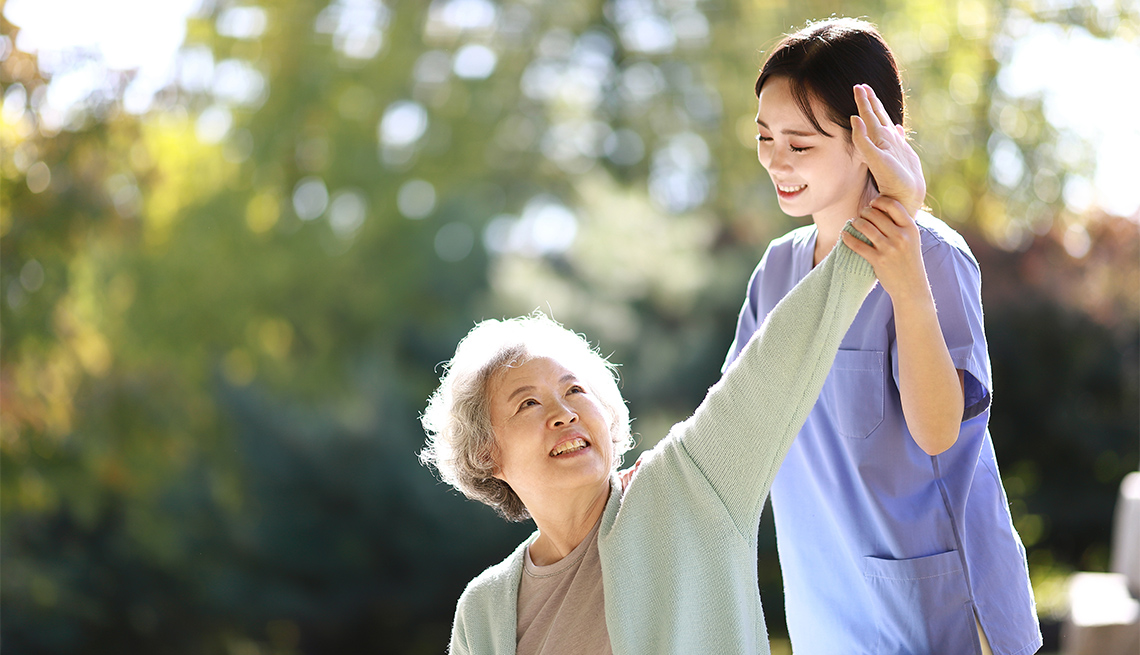
Older aapi adults find resources at community centers
- Select a language for the TTS:
- UK English Female
- UK English Male
- US English Female
- US English Male
- Australian Female
- Australian Male
- Language selected: (auto detect) - EN
Play all audios:

An attorney, Kumar, 73, noticed particular gaps in language and food when assisting her legal clients. So she focuses on hiring staff who can form connections with older immigrants based on
“language, culture and food — these three thing things bind them." Shantilal and Saroj Topiwala (left to right) Courtesy Erin Chan Ding FILLING A GROWING NEED The need for culturally
integrated care for AAPI older adults has grown as Asian Americans continue to be the fastest-growing racial or ethnic group in the United States, with its population increasing by 81
percent between 2000 and 2019, according to the Pew Research Center. Pew also projects the total U.S. Asian American population will surpass 35 million by 2060 — nearly double the number in
2019. And according to the most recent Profile of Asian Americans Age 65 and Older, released in 2020 by the U.S. Department of Health and Human Services, the population of Asian Americans
65-plus is expected to approach 8 million people by 2060, up from about 2.5 million in 2019. Vaughn Villaverde, director of advocacy at Asian Americans for Community Involvement (AACI),
which was started by Asian Americans in San Jose, California, in 1973 to help resettle Vietnamese refugees, says the organization intentionally hires multilingual staff. He says older adults
and families see that and say, “‘Oh, I don’t have to do so much explaining because there’s someone who looks like me and speaks my language and is from my culture.’ I think that cultural
connection, and that language connection, really does help skip a few steps in terms of moving forward and connecting folks with what they need.” AACI focuses on health and wellness and now
serves 750 older adults, 96 percent of whom are Asian. As part of its behavioral health program, the organization has conducted an Elder Storytelling Project for the past nine years with six
bilingual staff who speak Mandarin, Cantonese and Japanese. Every week, they record the experiences of older adults, some of whom have been through traumatic experiences and can benefit
from talking about them in culturally sensitive ways. “We’ve found that our older adult patients aren’t necessarily ready or in the mindset to engage in traditional behavioral services, like
group and individual therapy,” Villaverde says. (Asian Americans represent the racial group least likely to seek out mental health services, according to the Substance Abuse and Mental
Health Services Administration.) “So rather than engage them in a really direct, intensive behavioral health service, we ask them to just tell a story: Tell us a story about your past. In
doing that, it kind of helps unlock some of those memories.”
